There are many reasons to use social media to promote your business. But the tl;dr of all of them is: people are on social media. (The rumors are true.)
Research shows that interaction — even briefly — with your brand on social media leads to increased brand awareness and loyalty, and influences purchasing behavior. That’s good news for you, since people are spending more time than ever on social media. Over 2 hours a day, in fact, which is 30% more time than in 2015.
So how do you capture even a bit of that attention?
You think I’m going to say you need to learn TikTok dances to sell your engine oil, right?
Definitely don’t do that.
Here are 7 social media promotion ideas to explore instead, and how to execute them.
Bonus: Get a free social media strategy template to quickly and easily plan your own strategy. Also use it to track results and present the plan to your boss, teammates, and clients.
Why promote your business on social media?
OK, but first, why even bother?
For starters, the number of social media users worldwide grew by 13.2% from 2020 to 2021, an increase of 490 million humans. That means over half of Earth’s entire population now uses social media.
Source: Hootsuite
Having a huge audience of carbon-based life forms is one thing, but here are the real benefits of social media:
1. Attract new customers
Guess what? Customers are already looking for you on social media. 44% of all internet users regularly look up brands on social media networks.
All you gotta do is deliver the quality content they want and have a half-decent (OK, fully-decent) product or service. Nice!
2. Build brand loyalty
Consumers want to know everything about you. According to McKinsey, consumers — and especially Gen Z — value authenticity above all.
They don’t need 500 posts about the latest sale. They want to know what your environmental and charitable commitments are. They want to see what you stand for and how you treat your employees.
Social media is the perfect way to communicate your values and build brand equity with customers across your marketing funnel.
3. Drive leads and sales
Social media delivers a big ROI, and I cannot lie, friends. What’s the point of building an audience and showing off your wares unless it results in moolah anyway?
Multiple studies confirm that when used alongside an integrated marketing strategy, social media directly influences purchasing decisions.
Using social media is important now more than ever. So much of our spending has shifted online during the COVID-19 pandemic, and that’s expected to continue. The global ecommerce market grew 25% in 2020 compared to 2019, driven by necessity as stores and services had to close in most countries.
Source: Hootsuite
5 steps to promote your business on social media
How can you take advantage of the latest social media boom of more people and more money to go around online?
Here’s your roadmap to social success (for your business, anyway).
Step 1: Create a social media marketing strategy
You need a plan, man.
Crafting a social media marketing plan doesn’t need to be complicated. At minimum, your plan should include:
- A list of measurable goals.
- Customer personas. (Who are you trying to reach? What do they like/dislike? Who are they? You will probably have several personas.)
- A competitive analysis.
- A content strategy for the topics and types of content formats you’ll share.
- An editorial calendar, listing posting frequency, as well as who’s responsible for content production.
Step 2: Identify the best social media platforms for your business
There’s a place for every business on social media, but it’s not everywhere. It’s in your best interest to know the select few platforms that will bring you the results you want and focus on those.
“So… which ones are right for me?” Is what you’re dying to ask me, right?
That ain’t something you can Google, my dude. But the answer is simple: where do your ideal customers hang out online? Likely, only 1 or 2 key platforms that will drive 90%+ of your social media ROI.
If you’re not sure where your ideal user base hangs out, head back to Step 1 and dig into some market research first.
Step 3: Automate marketing with a social media management tool
OK, so you’ve got a plan and places to be. Showtime! Might as well make it as easy as possible for your team to stick to their editorial calendar.
Automating social media marketing with tools means you can accomplish more with a smaller social marketing team. This saves time and money, yada yada, but also, let’s face it, your sanity.
Hootsuite lets you plan, schedule and track the results of all your content across all social media channels. It also has other nifty features, such as social listening, to find out what people are really saying about you online. You can even reply to comments and messages on all your accounts from one central inbox.
Yes, there’s a free plan, so you should still try it even if you’re on a tight budget.
Step 4: Engage!
Social media should be social. #Quotable
Don’t hide behind boring promotional content. Get out there and talk to your customers. Ask for opinions on new product launches, or fresh new ideas. Then, acknowledge feedback you’ve received, and show how you’re implementing it.
Beauty brand Glossier does this flawlessly by listening to customer feedback, creating products to meet those needs and then posting about it.
There’s no better recipe for brand loyalty than making your audience feel heard.
Step 5: Monitor progress
Social media changes all the time. What works now maybe won’t tomorrow. And, you’ve got all those goals from Step 1 to track progress on, right?
By analyzing your analytics and results, you find out what your audience responds to best. And, identify areas to tweak your strategy.
At minimum, check in monthly on:
- The basics: follower counts, gains/losses, engagement rates, reposts/shares, comments, likes.
- The advanced stuff: omnichannel campaign performance, sales attributed to social media marketing, brand equity development.
It’s OK to change your goals over time, or switch strategies when your original plan isn’t working out like you hoped. Just be sure to back up your decisions with data.
Social media promotion done right: 7 examples to inspire you
Think only the “cool brands” are killin’ it on social? You don’t need to have a fancy tech product or make the world’s best nachos to attract a valuable audience.
Stuck for social content ideas? Let these 7 examples be your guide.
1. Host a giveaway
There are many types of social media contests you can run, from the simple “like and comment to enter,” to asking people to share your post, tag a friend, fill out a form on a landing page, etc.
Tip: Before running a contest, make sure you read the platform’s rules for doing so and abide by them.
Esker Insoles does a good job with the easy-to-execute “like and tag” contest. They chose a prize that appeals to a very specific type of person who also happens to be their ideal customer. This increases the likelihood that their new followers will stick around long-term.
Bonus: Get a free social media strategy template to quickly and easily plan your own strategy. Also use it to track results and present the plan to your boss, teammates, and clients.
Steal this strategy
- Decide on a goal. Do you want to get more followers? Get email addresses? Go viral? Gather user-generated content?
- Format your contest to meet that goal. Getting more followers could be a simple “like and share” photo on your feed. Other contests may require more planning.
- Analyze the results after it’s over. Did you meet your goal? Why/why not? What could you improve next time?
2. Try influencer marketing
Influencer marketing is here to stay. The global market value for influencer content is currently $13.8 billion, more than double what it was in 2019.
Some say influencer marketing comes across as insincere and in some cases, it can. You definitely want to steer clear of the “product placement” look. Yikes.
But when done well, influencer marketing is the most genuine type of digital marketing you can do. And the most effective, too: 55% of Instagram shoppers have purchased clothing after seeing an influencer wear it, for example.
Remi Bader rose to Tiktok fame in 2020 with the hilarious series she calls “realistic hauls,” that now has over 40 million views. She shows what popular fashion brands look like on an everyday person, compared to the overly-stylized, professional model photos companies often use. For anyone with a similar body type to Remi, her posts are relatable and welcoming to see in popular media.
Her hilarious commentary is also what makes the content shareable and great exposure for brands.
@remibader ANOTHA ONE #zara #remisrealistichauls
Steal this strategy
- Start small: Reach out to micro-influencers (10,000 followers and under) and offer free product in exchange for a post.
- For bigger results, set aside a marketing budget for influencers and develop a unified campaign to launch simultaneously with multiple influencers.
- This works for all companies, not only fashion. Get creative!
3. Leverage user-generated content
What’s the toughest part about managing social media for business? Making the actual content, of course.
So why not let your customers make it for you?
Not only does this save you time (and brainpower), it helps build a community around your brand. If you have an authentic connection with your customers, they’ll enjoy seeing their photos featured on your page.
This is how you promote your services without shouting to everyone, “Hey! This is what I do!”
The post from Adams Off Road Shop subtly mentions the shop did the suspension work, but the focus is on the customer’s trip to the Arctic (the freakin’ Arctic!) — something other off-road enthusiasts will stop scrolling to check out.
And even regular peeps. If this guy trusts this shop enough to head to the Arctic, I can probably trust them enough with my 4×4 Land Rover for my weekly roll down the hill to Whole Foods.
Steal this strategy
- Ask for permission before sharing customer photos.
- Focus the caption on your customer, not promoting yourself.
- Tag your customer to credit them for the photo.
4. Be the expert in your field
If you’re not the hottest, be the smartest. High school advice? Sure. But it works for social media, too.
By focusing on education, you add instant value. Budget-tracking app Mint does this well with their personal finance advice aimed at a Millennial/Gen Z audience.
Each post is relevant to someone looking to save money (i.e. those in need of a budgeting app). Plus, they put in the extra effort with fun visuals and keep it light-hearted with plenty of memes thrown in between the meatier content.
Source: Instagram
Steal this strategy
- Find out what your customers want to know.
- Deliver fresh, actionable content educating them about that topic.
- Don’t make your social media content overly promotional. The focus should be on educating your customer, not making a sale. That comes naturally over time from brand-building this way.
5. Be the class clown
Nothing drives engagement like humor. Studies show that funny marketing both attracts more attention and increases brand recall. However, as in all things, relevance is key.
Memes are an easy and popular way to be funny on social. The focus should be on making your audience laugh with something related to what you do, without being salesy.
OKCupid knocks it out of the park with this simple, hilarious meme their audience is sure to relate to (don’t we all?):
You can also create your own original funny content, unless you… can’t. I mean, I don’t know you, maybe you’re not funny.
This is tough to pull off long-term, though, unless you’re really funny, or have a large marketing team/comedic thinktank to keep up with the volume of posts you’ll need to make.
One brand doing this well is Innocent Drinks, who rely on self-deprecating humor to engage with their audience.
This is it. A new year. A new decade. A new chance for success.
No more messing around. No more nonsense. No more mistakes.
This year our ads are going to be absolutely perfect. pic.twitter.com/UG7OlsgNxX
— innocent drinks (@innocent) January 6, 2020
Funny video content is highly effective, though the most complex to produce. You can do anything from a quick Tiktok or Instagram Reel, to professionally-shot YouTube videos, which have great staying power.
Dollar Shave Club’s “Our Blades are F**king Great” ad is a classic example of successful funny marketing.
Lastly, you can go the snarky route. Big brands Wendy’s and Netflix are often seen slinging zingy comebacks, especially on Twitter. Saying the wrong thing can put you in hot water, though. Be sure you trust your social media manager with your life — or at least your profitability — before using this strategy.
Please stop posting this or I am going to make my own magazine https://t.co/ZwCyHEXmnY
— MoonPie (@MoonPie) January 28, 2020
Steal this strategy
- Ensure your humor isn’t offensive, or it’ll come back to bite you.
- For memes, pair it with a short, witty caption. The focus is on the visual, not your copy.
- If you have the budget, consider an Instagram Reels, Tiktok or YouTube production strategy. Consistency is key with these formats so keep the videos coming once you start.
6. Be the social butterfly
Ask your audience questions, answer their comments and engage every day.
Interacting with your audience shows you value them and that you recognize they’re the reason for your success.
Nike shines here with a separate customer service account that answers questions 24/7 in 3 different languages.
Let's get your girl into some cozy go-to's! Drop us a DM with your location and the size she's after to kick off the search. https://t.co/dsJjx1OYXB
— Nike Service (@NikeService) October 19, 2021
Starbucks manages to keep their account feeling personal, which is no small feat when you have 17 million followers. They respond to comments on posts and to DMs, and — unlike many brands — don’t shy away from tough conversations in the comments section.
Source: Instagram
Steal this strategy
- Make an effort to connect with customers.
- Respond to comments and DMs regularly.
7. Showcase how great you are (humbly)
So, brag about yourself?
No, it’s not really bragging. Consumers are more conscious than ever about where they spend their money. They want to support businesses that share their beliefs and use their prosperity to do good in the world.
OK, some probably want to do evil, but whatever. Mostly good.
You could post about charities you support financially or your stance on social justice issues, or launch a giving back campaign. Outdoor retailer REI made headlines when their #OptOutside campaign launched for Black Friday 2015.
They closed all their stores on the biggest shopping day of the year. The goal? To get people outside, into nature and away from the consumerism behind Black Friday.
Worst move ever or genius? Turns out: genius.
Not only did the campaign capture media attention everywhere, it’s now an annual event that partners with hundreds of nonprofit organizations to promote sustainability and outdoor recreation.
This bold campaign works because it’s aligned with both the values of the company and its target audience’s values. Like peanut butter and jelly, baby.
Steal this strategy
- Don’t post about social justice for the optics. Just don’t. Believe in what you’re saying and take action on it.
- Be prepared for backlash. Not everyone will agree with your stance. (But the ones who will agree, really will.)
- For a safer bet, give money to charities instead.
Make it easy on yourself to get started: try Hootsuite for free and manage everything in one place, including post scheduling, social listening, analytics, messages, campaign planning and more.
Easily manage all your social media in one place and save time with Hootsuite.
The post 7 Proven Social Media Promotion Ideas That Don’t Suck appeared first on Social Media Marketing & Management Dashboard.

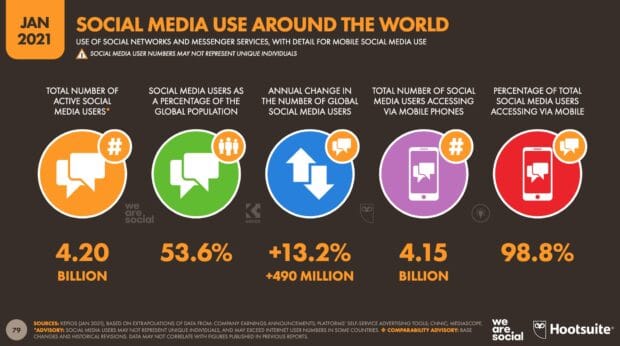

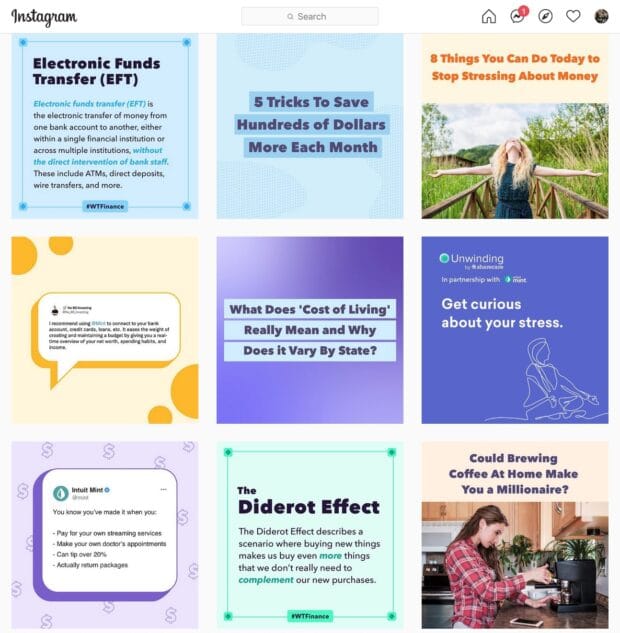
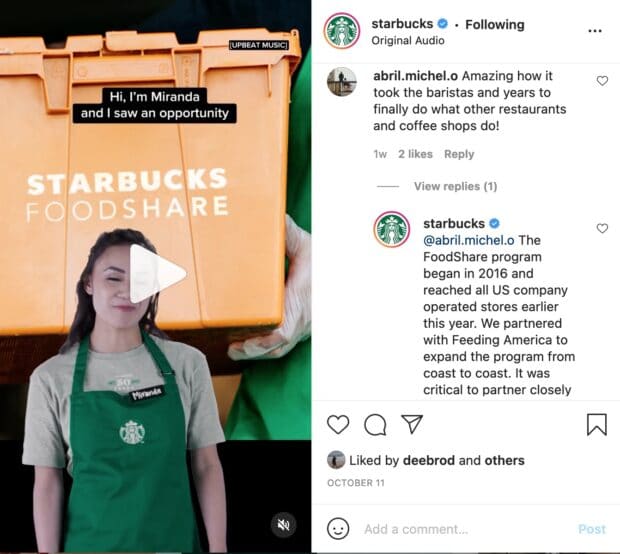

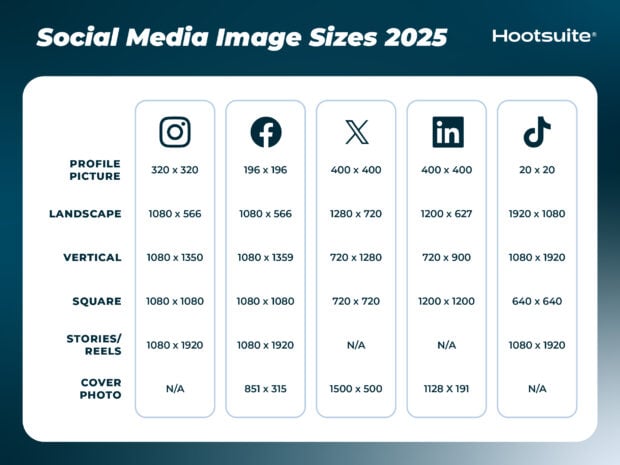
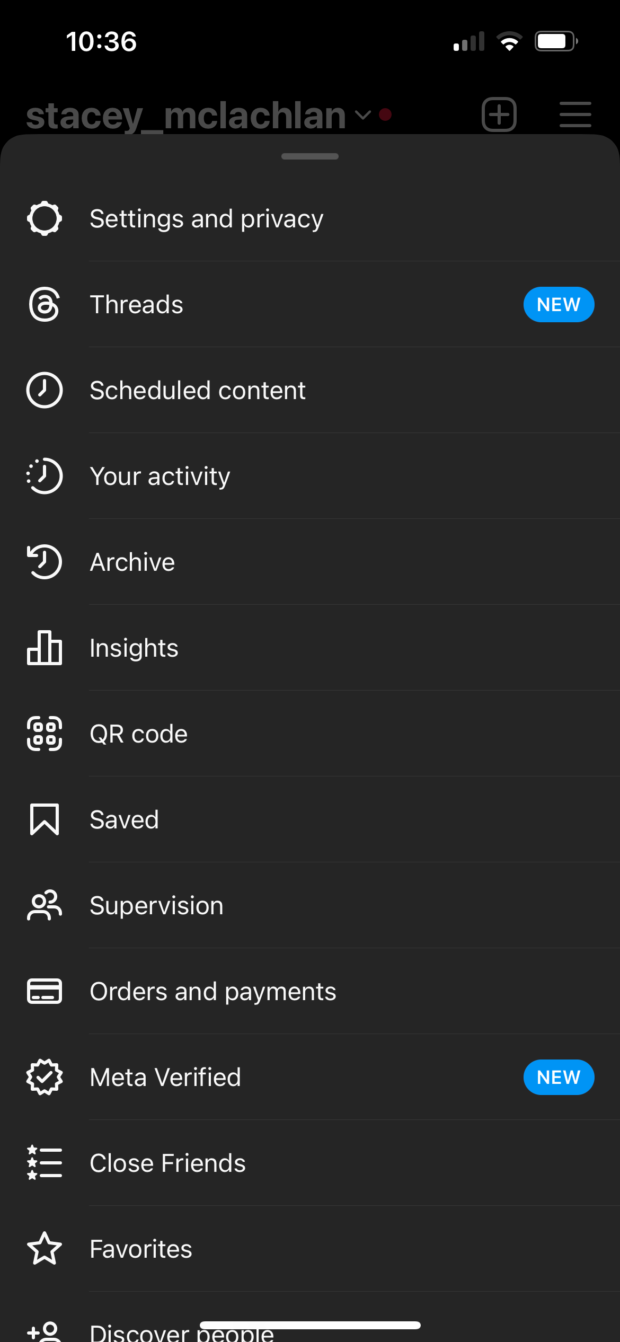

Recent Comments